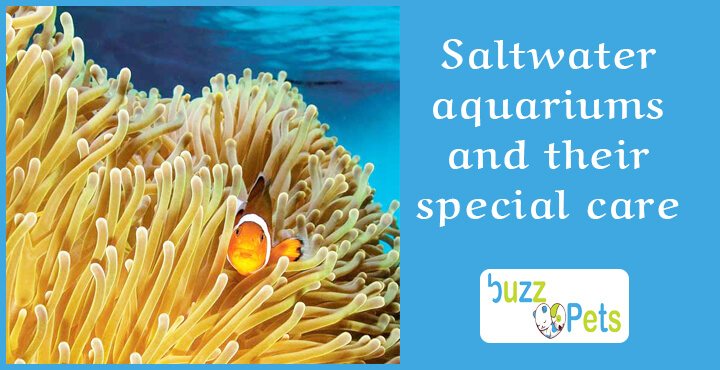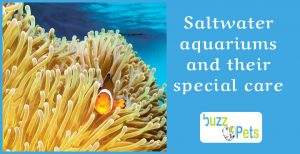We live in a time in which more and more people feel a special concern towards aquarium hobbies, or what is the same, the love for raising fish and other aquatic organisms in home aquariums. What’s more, recent studies show, in addition to being one of the most popular forms of entertainment in the world, it has therapeutic effects that result in a reduction in stress, lowering the heart rate and producing a state of complete relaxation.
Aquariums can be fresh or salt water and hot or cold water depending on the habitat you want to reproduce. This is a very important aspect to take into account, since depending on how we choose one or the other, the characteristics, costs and care will vary considerably.
Marine aquatic species are also considerably more expensive than freshwater ones, so it is often recommended to start with a freshwater aquarium until good practice is acquired.
The saltwater aquarium
The seawater aquarium should be as large as possible to achieve maximum stability in water quality (with a minimum length of 90 cm. And a width of 30 cm.) It is convenient to be deep, because the fish Marine do not live only on the surface, and spend as much time swimming vertically up and down as horizontally.
Almost all the fish that you have in a tropical marine aquarium are from a coral reef. In coral reefs, the oxygen level of the water is stable and the water temperatures are usually constant. The light levels are very high. This stable natural environment is the cause of marine fish being difficult to keep.
In the cold water marine aquarium, the temperature, pH, density of the water and salinity must be controlled, and a water cooler must be used.
We have to watch where we place the aquarium, since salt water can damage furniture or carpets, we must make sure to put it in a place where we can fill or empty it without causing domestic damage. It is essential to have a glass top that fits perfectly. Not only will it prevent fish from jumping, but it will reduce evaporation of the water, which could cause drastic increases in salinity.
For many years, the care of marine fish was hampered by the need to use natural seawater (which had to be purified and stored for use) because the mixture of artificial salts was unsatisfactory. Currently, “sea salt” is available to be mixed with tap water to produce excellent synthetic water in which marine fish can thrive. Another important characteristic of seawater is its alkaline pH, normally around 8.0-8.3.
In salty aquarium conditions, if you are not careful, both the pH and nitrogen levels can fluctuate, since the buffering action of the ocean is absent.
Fluorescents should provide bright, ultraviolet-rich light that fish need for their health, and that brings out their colors. Excess light is not dangerous, on the contrary, it will facilitate the growth of algae; marine fish feed on algae, and these, on the other hand, help neutralize the toxic residues of the fish.


